
There was a time when owning certain things, like a flat-screen TV or dining at fancy restaurants, was a clear sign of wealth. But today, many of these things have become accessible to nearly everyone. Let’s dive into 20 things that lost their rich-only status over time.
Fitness Memberships
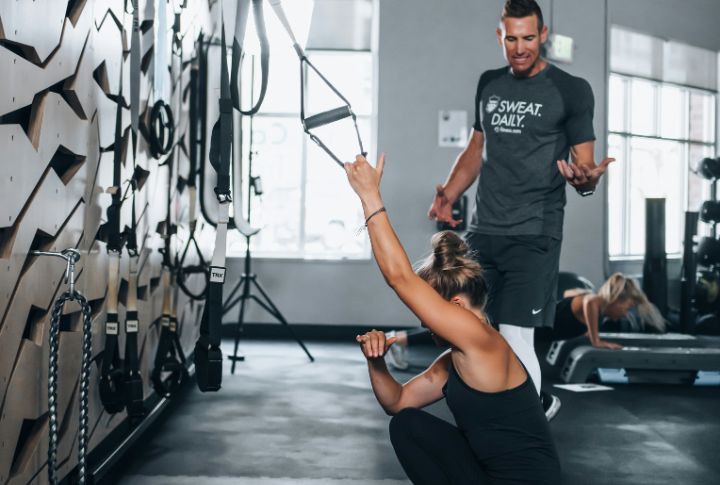
Having a personal gym trainer or access to high-end fitness clubs was once a luxury. Today, budget-friendly gyms, workout apps, and at-home equipment make staying fit accessible for all. No longer reserved for the elite, fitness is now a part of everyday life.
Designer Furniture
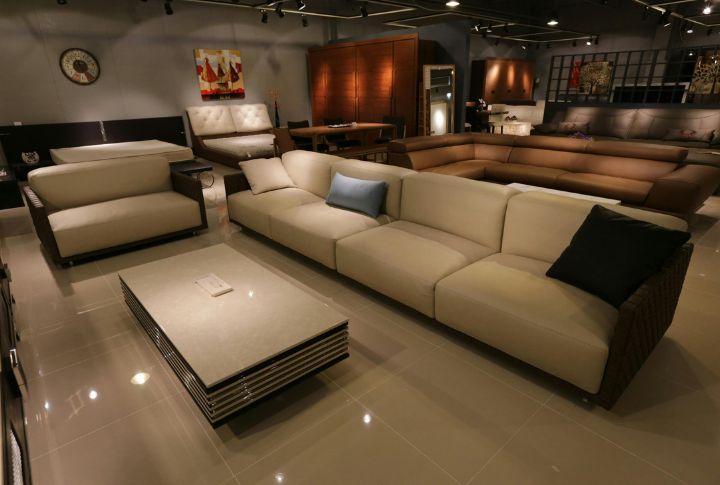
Luxury furniture brands were once a symbol of elite wealth, but now high-quality, designer-inspired pieces are readily available to the general public. With affordable options, home décor has become more about personal style than financial status.
Luxury Watches
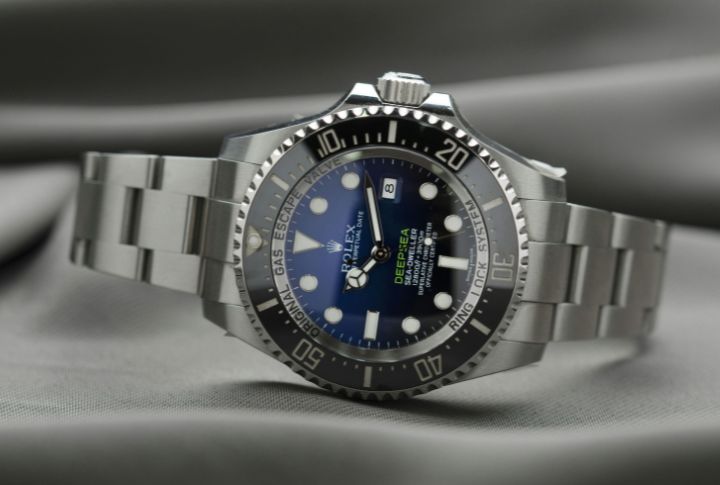
Owning a luxury watch used to signal great wealth and success, with brands like Rolex and Patek Philippe commanding exorbitant prices. However, affordable, quality watches are now widely available, allowing anyone to own a timepiece that’s both stylish and functional—making the former symbol of wealth more of a personal choice.
Personalized Skincare
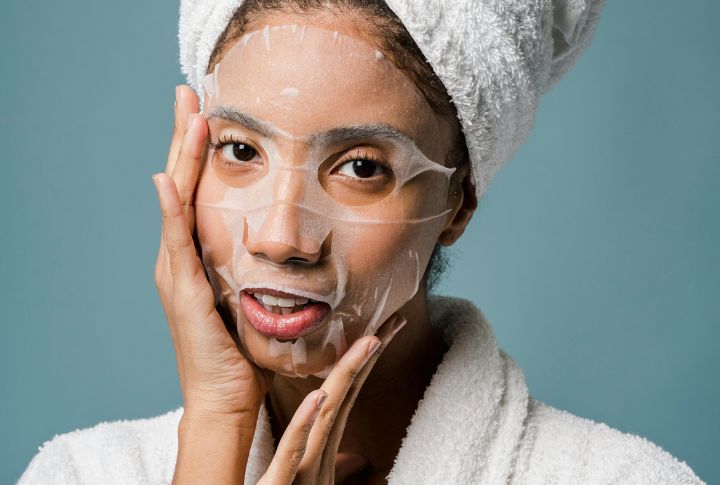
Custom skincare, once only available through expensive dermatologists or elite brands, has become a common option. Thanks to DNA testing and simple quizzes, personalized skincare routines are now affordable and easily accessible. Anyone can now enjoy tailored products for healthy skin at a fraction of the cost.
Food Delivery

There was a time when only fancy hotels and elite city restaurants offered delivery, mostly to VIP clients. Even pizza delivery in the 1960s was still a treat. Fast forward, and with subscription perks, promo codes, and a no-cook culture, even budget-conscious college students can get sushi at their doorstep.
Home Computer

Back in the 1980s, owning a home computer was a serious flex, and ordinary people settled on typewriters. The IBM PC, released in 1981, came with a hefty price tag of $1,565. Today, thanks to mass production and tech advancements, you can now buy a laptop for a couple of hundred bucks.
Designer-Inspired Fashion

Rocking high-end fashion was only for wealthy moguls, and luxury brands like Chanel and Gucci were exclusive to them. However, with the rise of fast fashion, resale markets, and designer-inspired brands, people no longer need a black Amex to look expensive. Stores bring high-fashion trends to the masses within weeks of runway shows.
High-Quality Photography
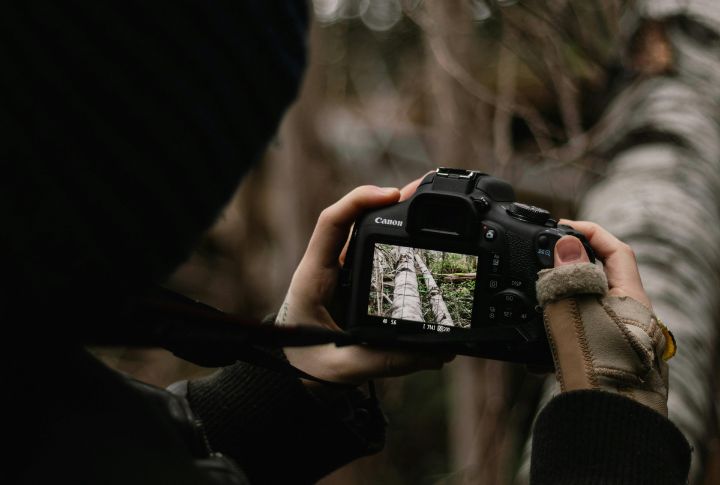
In the early 2000s, if you had a DSLR, people assumed you were either a pro or living large. Even family portraits require a fortune. Now? Everyone carries a pro-level camera in their pocket. Almost every model has 48-megapixel lenses, and social media has made high-quality images an everyday thing.
Entertainment
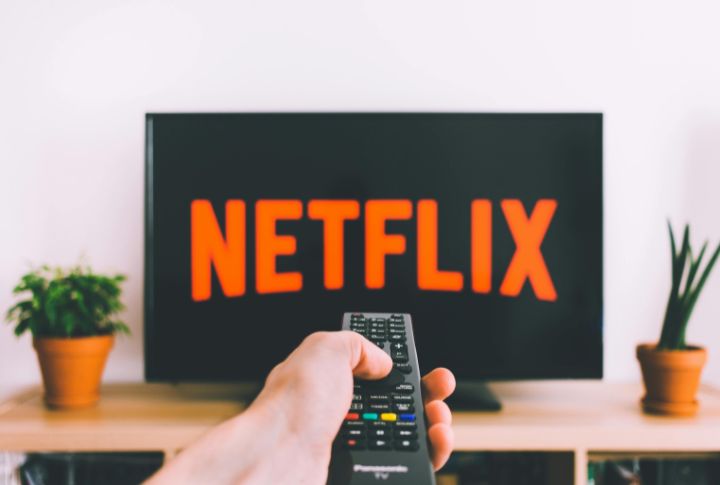
If you wanted to see a new release in the 1980s, you either had to buy an overpriced DVD or wait for it to hit basic cable. Today? Streaming giants made high-quality entertainment accessible to everyone, bringing thousands of shows for less than the price of a single movie ticket!
Staying At A Luxury Hotel

Checking into a hotel was a serious status symbol in the early 20th century. We’re talking about high-end services and price tags that kept the average traveler far, far away. Thanks to budget chains, online booking sites, and travel rewards programs, hotels have become a normal part of everyday travel.
Jewelry And Accessories
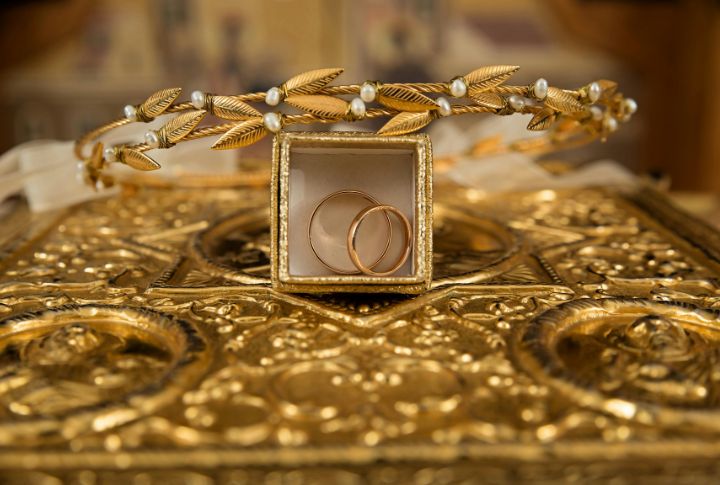
One of the clearest signs of wealth in the past was gold, diamonds, or even a stylish watch that requires shelling out serious cash. However, people nowadays are nearer to lab-grown diamonds, gold-plated jewelry, and designer-inspired accessories, proving there’s no need for a trust fund to shine.
Money Management
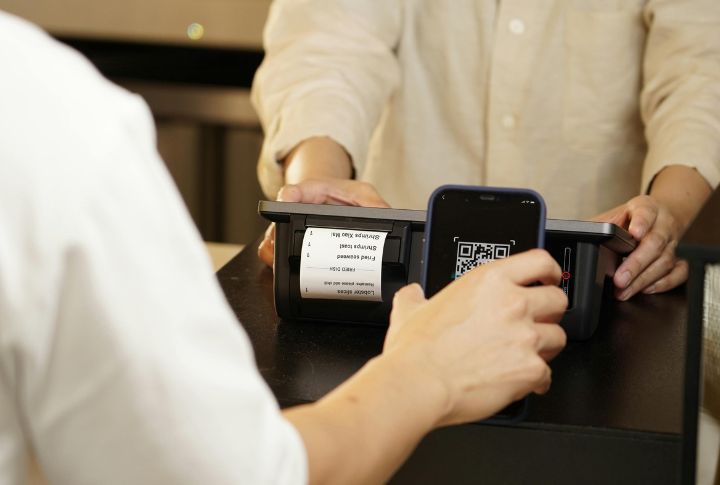
Managing money from anywhere was a privilege reserved for the wealthy. High-net-worth individuals had personal bankers, exclusive concierge services, and access to private banking perks that made handling finances effortless. Now, innovations have introduced mobile banking apps and digital wallets, making financing as easy as a few taps.
A Cellphone
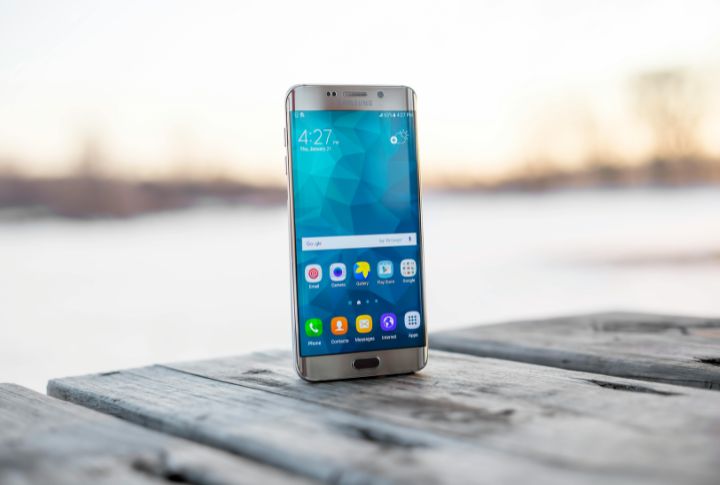
Back in the day, having a cell phone meant you were either a corporate bigshot or a celebrity who needed to stay “accessible.” And look around today. Even kids have smartphones. It’s now something most people can’t live without—whether a CEO or someone just sending memes all day.
A Luxury Car (Or At Least One)

Cars came with sky-high price tags and maintenance costs that could drain a regular person’s savings, so if you had one, people knew you were living large. But, manufacturers have embraced leasing and financing, booming the car market even if one doesn’t have a billionaire bank account.
Eating Exotic Foods
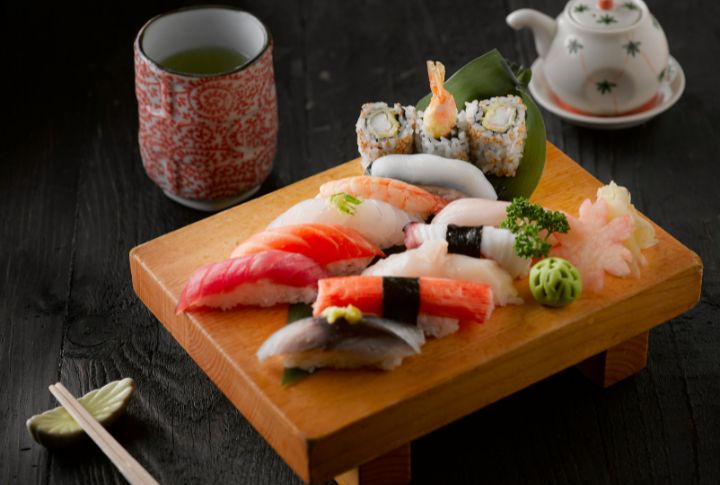
Exotic foods were once exclusive to five-star restaurants, private chefs, and globe-trotting elites. Thanks to globalization, food delivery apps, and grocery stores stocking international ingredients, almost anyone enjoys once-elite dishes. Sushi bars are in every mall, truffle oil is at Walmart, and farmers’ markets sell fresh dragon fruit and kimchi.
A Home Security System

In the past, only the rich could sleep without worrying about burglars. They had alarm installations, security cameras, and 24/7 monitoring services for houses worth protecting. Now, even tiny apartments have smart security setups, and installing it is as easy as sticking a camera to the door.
A Personal Driver

Owning a car was one thing, but having someone drive you around? That was peak luxury in the past! Chauffeurs and drivers were exclusively hired by the ultra-rich to avoid the hassle of the streets. Nowadays, anyone can summon a ride at the tap of a screen.
Drinking Bottled Water

Believe it or not, there was a time when drinking bottled water was a rich-person flex. In the 1970s, brands like Perrier and Evian turned water into a luxury item, marketing it as a premium symbol. Funny how it has become an everyday essential found in convenience stores and vending machines.
High-Quality Education

Prestigious universities, private tutors, and specialized skills training once required spending thousands, typically reserved for the wealthy. However, times have changed, and now you can take Ivy League courses from the comfort of your home—often for free. Whether mastering a new language or earning a Google career certificate, knowledge is now just a click away.
Massage Or Spa Treatment
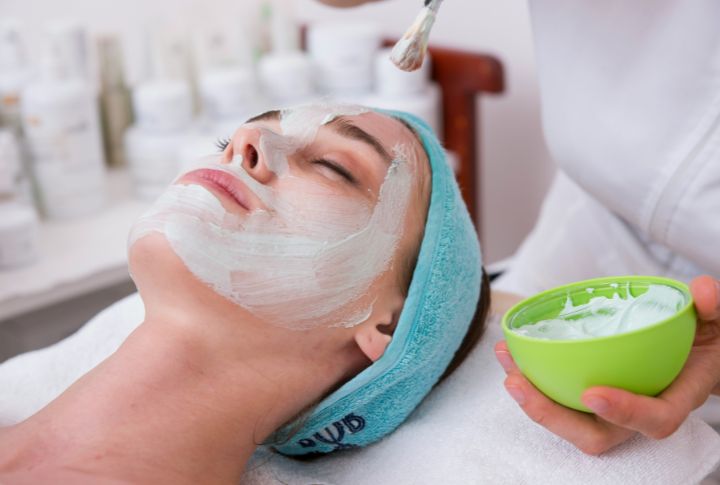
High-end spas saw celebrities and CEOs indulge in deep-tissue massages, facials, and aromatherapy. Unless one’s dripping in wealth, they were probably settling for a DIY face mask at home. Thankfully, massages and spa treatments have gone mainstream, and people view them as just another way to unwind after a long week.
